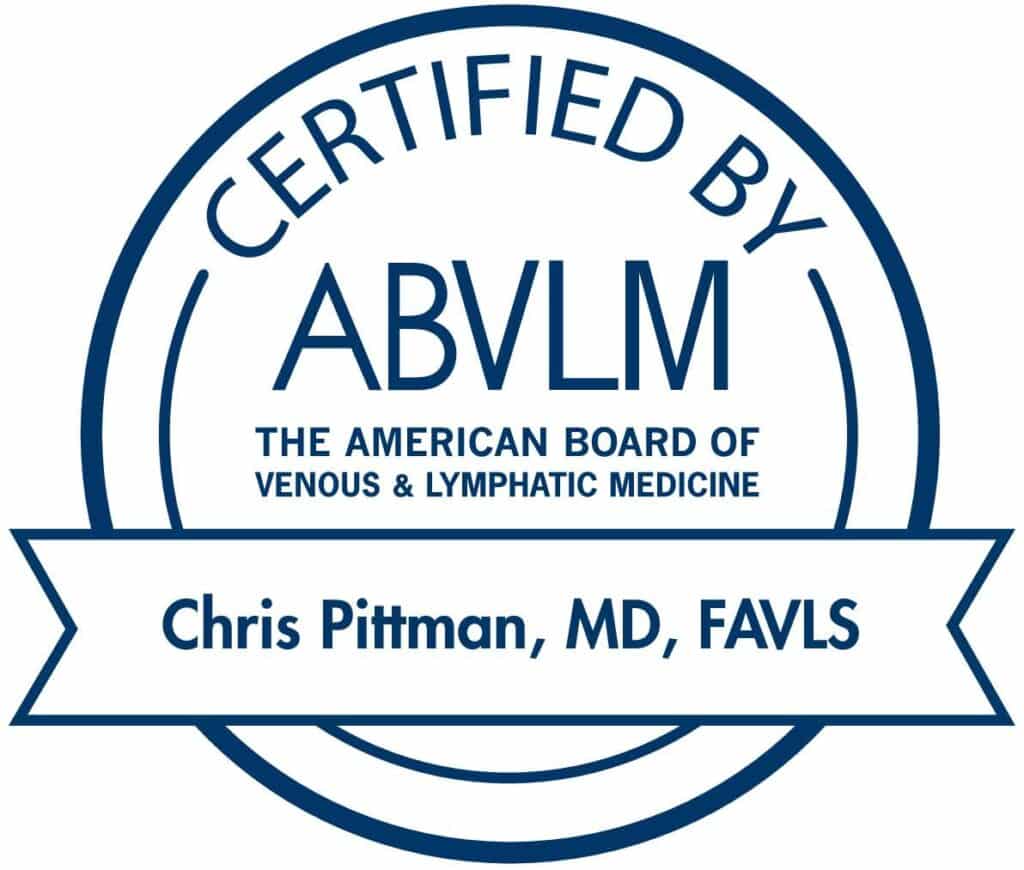Sometimes a wound to the leg can be caused by an accident or brief trauma. When this happens it is often a temporary problem that quickly heals in a matter of weeks. However, if you notice a leg wound that is slow to heal or doesn’t seem to get better over time, it might not be a temporary injury and instead could mean you have leg ulcers.
Taking a Closer Look at Leg Ulcers
Leg ulcers aren’t something that you will wake up one day and instantly develop. They start off as a small wound that is often caused by an injury. That wound, which resulted in the breaking of the skin, is extremely slow to heal. Once the wound doesn’t heal within the proper time frame, usually one to two weeks, it is no longer considered a minor injury and is then considered a leg ulcer.
Leg ulcers are classified as a chronic condition. This means if you do not seek proper medical treatment, the wound will never naturally heal and you could develop serious, potentially life-threatening health problems.
What Causes Leg Ulcers to Develop?
Leg ulcers develop because there is an underlying health problem or issue that is causing your body to be unable to naturally heal the skin. These health problems cause a condition known as lymphedema, a buildup of fluid in the tissues, to develop. If the skin is unable to heal naturally due to the buildup of fluid, it can result in the further breakdown of the surrounding skin which will cause the wound to increase in size.
Healthcare providers know the following health problems can result in lymphedema caused leg ulcers:
- •Arterial disease
- •Diabetes
- •Rheumatoid arthritis
- •Venous disease
How Exactly Does Venous Disease Cause Leg Ulcers?
Your veins are responsible for controlling the flow of blood throughout your body. In a healthy person, the blood flows smoothly throughout the body. However, that doesn’t happen if a person suffers from a venous disease.
People with a venous disease have malfunctioning valves in their veins. These valves are responsible for controlling your blood flow and making sure blood travels in the right direction. When they are not working properly due to a venous disease it can cause the blood to flow the wrong direction. If this happens an intense pressure develops in the legs. That pressure causes any wound that develops to not heal properly.
How Long Does it Take for a Leg Ulcer to Heal?
The length of time it will take for your leg ulcer to heal will depend upon the size of the wound, the type of treatment that is used, and what is causing the ulcer. For a small-sized wound, it could take anywhere from six to ten weeks for it to heal. A larger wound could take several months or over a year to heal.
How are Leg Ulcers Treated?
Leg ulcers are typically treated by surgically cleaning the wound to remove any bacteria or infection that may have developed. Once the wound is cleaned, it is then bandaged up and protected.
After surgically cleaning the wound, the underlying cause of the leg ulcer needs to be treated. If a venous disease is responsible that means undergoing various forms of vein treatment to control the pressure in the veins of the leg.
Think You Have a Leg Ulcer? Schedule an Appointment with a Vein Specialist
If you believe you have a leg ulcer it is important that you seek treatment for it right away. Failing to treat the ulcer can result in infections of the wound.
Think you have a leg ulcer? Call our office today to schedule an appointment with a Vein911® Vein Treatment Centers vein specialist.











